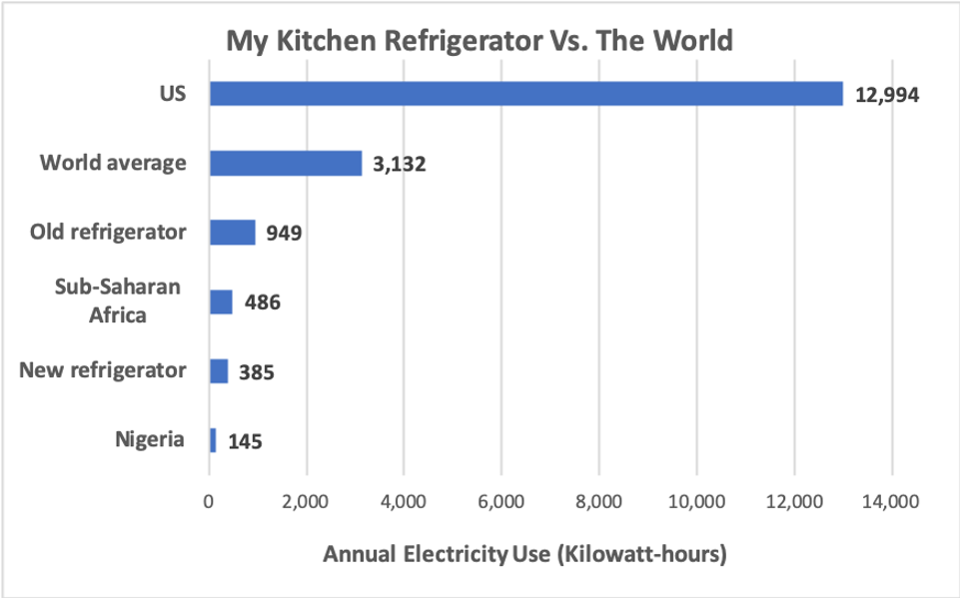Mexican President Andrés Manuel López Obrador called wind turbines “fans”, saying they did not produce much energy, and is ceasing support for wind and solar including grid connections. He reportedly said that the government will stop issuing permits for new wind projects that interfere with the environment and cause “visual pollution.”
As Mexico is about to enter into its worst recession in recent-memory, President López Obrador is making cuts and halting subsidies to intermittent power from wind and solar that has been driving up the cost of electricity for its population. Recognizing that industrial wind and solar electricity bring little to no value to electrical grids, Mexico is moving to avoid the higher electricity prices experienced by Germany, Denmark, Great Britain, South Australia, California, and other governments that have heavily subsidized and mandated their supply of wind and solar power.
Wind in Mexico
Oaxaca is a state in southern Mexico that contains about two-thirds of Mexico’s wind capacity. The benefits originally promised from these wind installations have not materialized. For example, jobs have fallen short of expectations and improvements promised to roads or schools have not happened.
According to Michael Moore’s documentary, the ecological destruction from the mining of precious minerals needed in the construction of wind and solar plants has left lands uninhabitable and worthless for plants and trees. Dependence on China for rare earth minerals, which solar panels and wind turbines need, makes clean energy a costly proposition from a national security standpoint.
Mexico’s National Energy Control Center, or Cenace, indicated it would suspend grid connections of new solar and wind farms due to the intermittency of solar and wind power generation, which could compromise Mexico’s energy security in difficult times such as during the coronavirus pandemic. According to Cenace, the intermittent generation from wind and solar PV plants affects the reliability of the national electricity system, impacting the sufficiency, quality, and continuity of power supply.
Some believe that the solution to intermittency of power generation is energy storage, which is slow in coming to Mexico—probably due to its cost. At the end of 2018, Mexico received its first battery storage facility at a car factory. A year later, the first behind-the-meter battery facility that also features frequency regulation capabilities came online in Puebla.
Electricity and Poverty
López Obrador’s requirement for reliable and affordable energy may be understood better by Robert Bryce’s book, “Question of Power: Electricity and Wealth of Nations,” where he noted that about 3.3 billion people—about 45 percent of all the people on the planet—live in places where per-capita electricity consumption is less than 1,000 kilowatt-hours per year, or less than the amount used by a refrigerator. Roughly 4 out of every 10 people on the planet live in what Bryce calls the “unplugged world.” According to Bryce, about 1.2 billion people live in places where per-capita electricity use is less than 400 kilowatt-hours per year.
In 2018, Mexico’s per capita electricity use was 2,632 kilowatt hours—16 percent less than the world average and 80 percent less than the U.S. average, according to Bryce’s graph below.

Importance of Fossil Fuels
Over 6,000 products come from the derivatives of crude oil, including parts in solar panels and wind turbines. Fossil fuels are required to manufacture wind and solar equipment, transport and construct them, and fossil fuels often provide backup electricity when the wind is not blowing and the sun is not shining. Wind and solar facilities currently require massive quantities of steel and concrete, both of which require oil and natural gas in their manufacturing processes. Building one wind turbine requires 900 tons of steel, 2,500 tons of concrete, and 45 tons of plastic. The amount of steel required for wind and solar to replace fossil fuels exceeds the world’s capability to produce it for decades.
And, as the coronavirus pandemic has shown us, renewables cannot produce critical medical equipment such as ultrasound systems, ventilators, CT systems, X-ray, medicines, masks, gloves, soap and hand sanitizers for hospitals, and protective gear for doctors and nurses. Those products begin from crude oil.
Mexico does have oil resources with 8 billion barrels of reserves. President López Obrador has promised a substantial increase in oil production by the end of his term. The oil price crisis due to the coronavirus, however, currently makes oil production challenging.
Conclusion
Mexican President López Obrador is halting subsidies and grid interconnections to intermittent solar and wind farms to keep energy prices affordable and to ensure reliable electricity to Mexico’s population. Mexico’s per capita electricity use is below the world average and López Obrador is focusing on increasing the country’s oil production, despite the challenge of low oil prices due to the coronavirus lockdowns reducing demand.